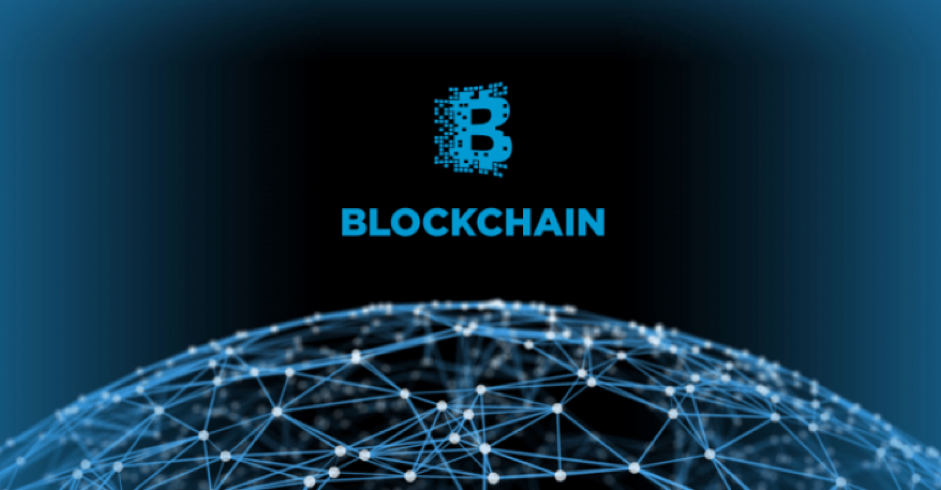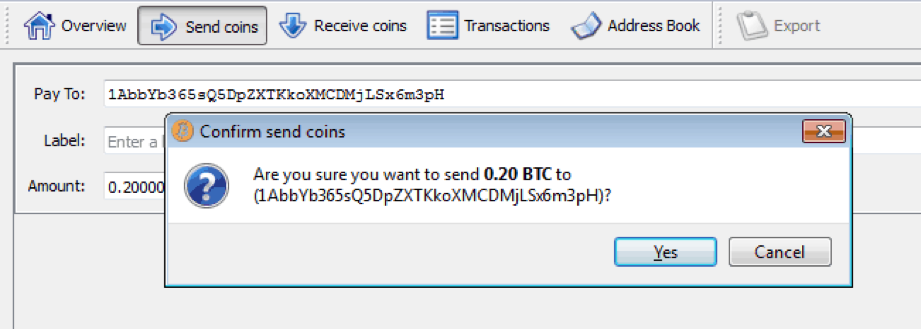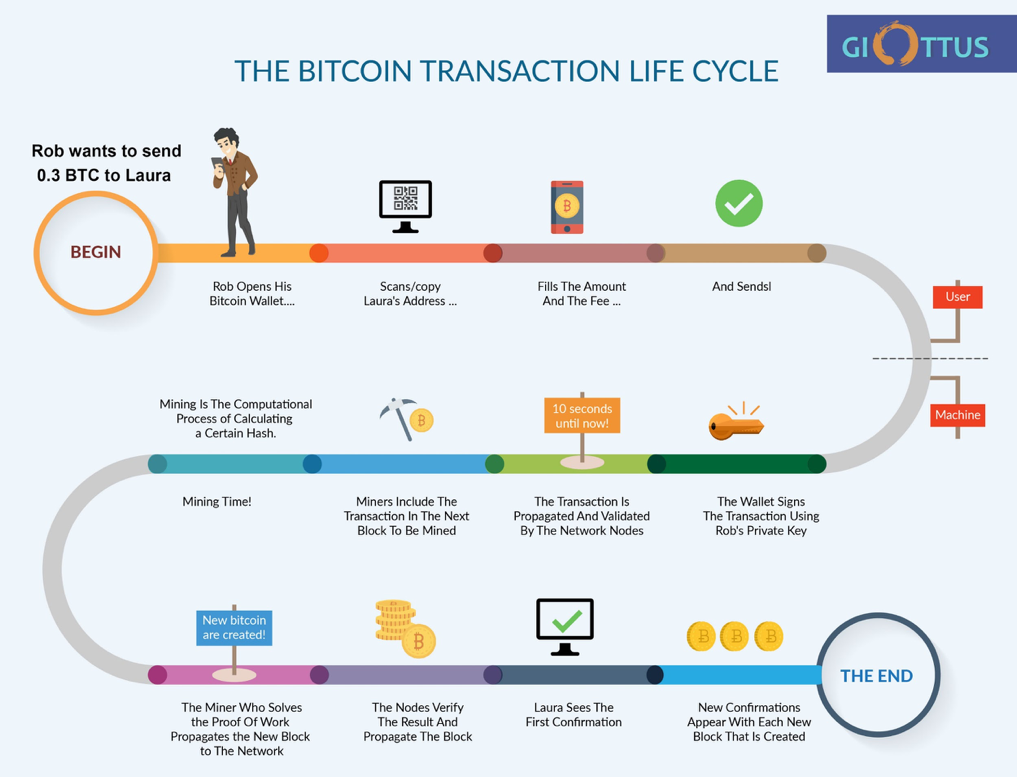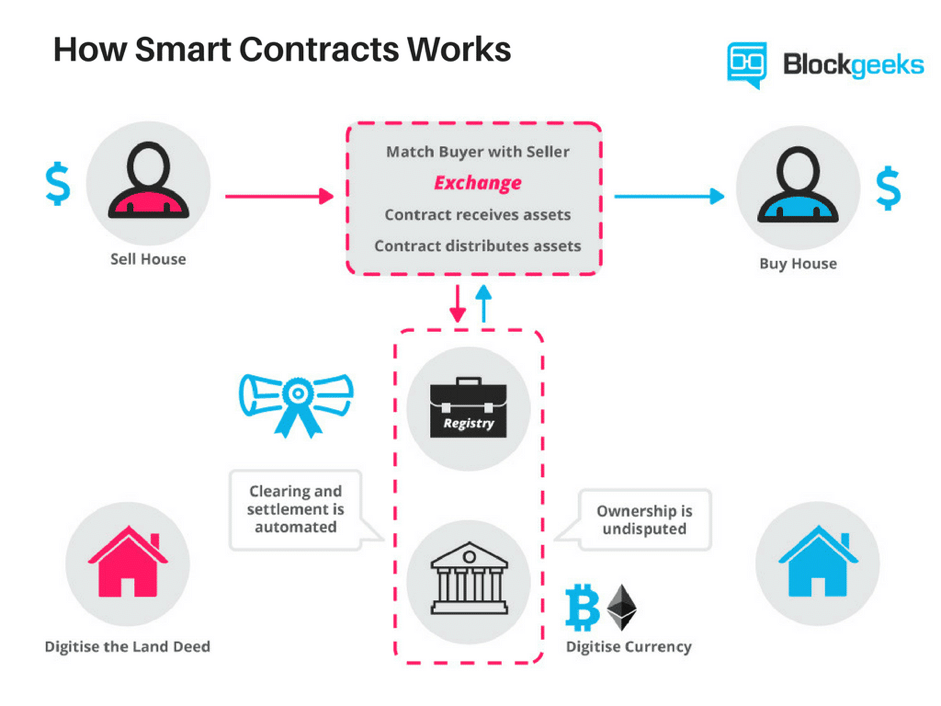
- Nidhi Rai, UXaudit.io
10th May 2018



That being said below are few testing techniques which you can apply to Blockchain:


I am a QA by profession with 5 years of experience on various automation technologies. I am highly passionate about experience design as an emerging field and an enthusiast to spread the importance of usability and usability testing. When I am not working I am mostly reading, writing, or traveling. I am from India but currently staying in the United States.
A successful marketing strategy will hand a user to your website, the usability of that site takes over and converts that user...
Customers who had the best past experiences spend 140% more compared to those who had the poorest. This makes CX a key for driving...
There are companies like Apple, Starbucks, Walt Disney Sony and many more that have grown in market by giving a great UX
FACEBOOK COMMENTS WILL BE SHOWN ONLY WHEN YOUR SITE IS ONLINE